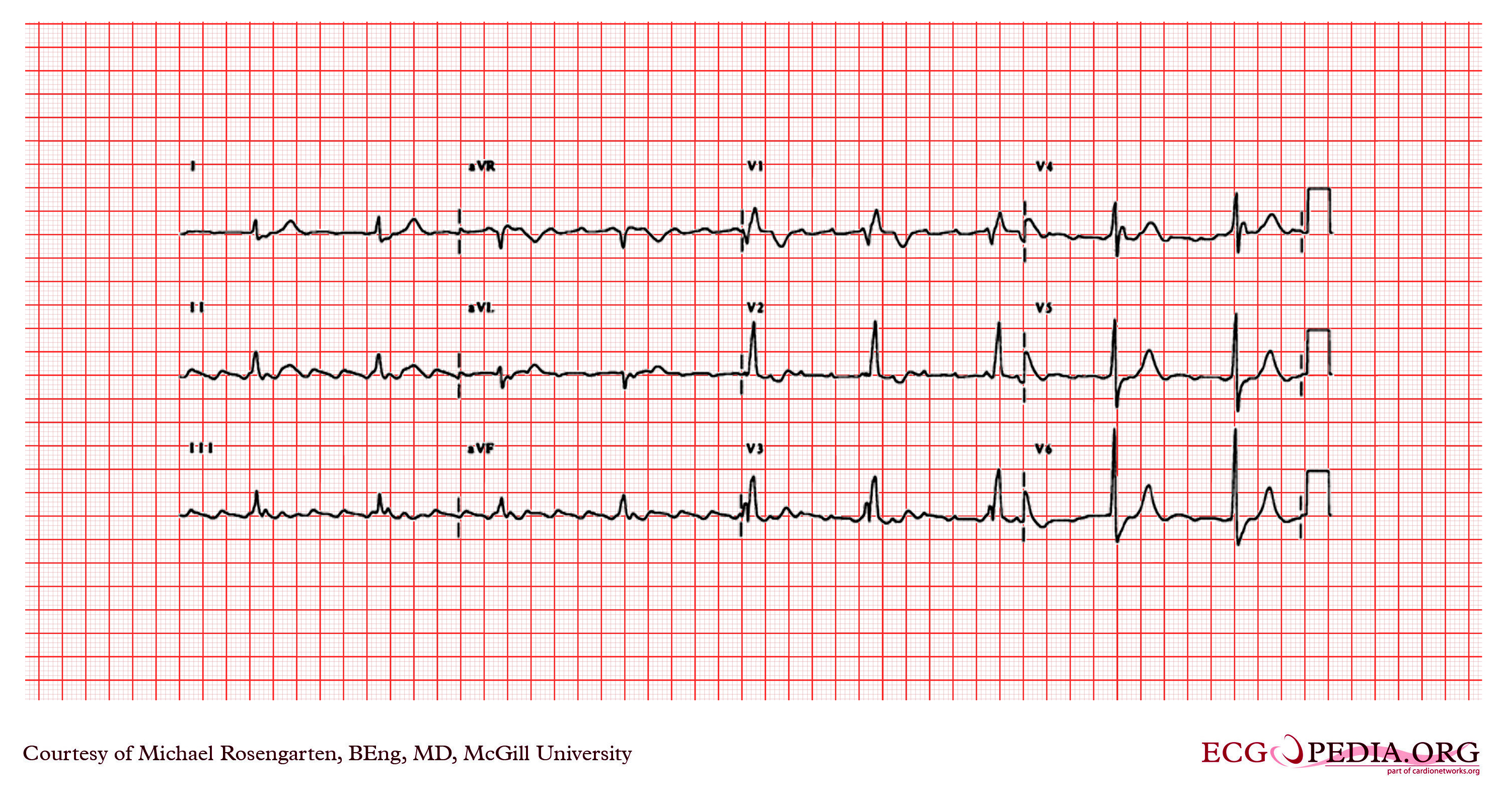Atrial flutter resident survival guide
Editor-In-Chief: C. Michael Gibson, M.S., M.D. [1]; Associate Editor(s)-in-Chief: Hilda Mahmoudi M.D., M.P.H.[2]; Priyamvada Singh, M.D. [3]
Definition
Atrial flutter is a reenterant arrhythmia, with atrial rates between 240 and 340/min, with a regular ventricular response and a saw tooth pattern on EKG.
Causes
Life Threatening Causes
Life-threatening causes include conditions which may result in death or permanent disability within 24 hours if left untreated. Atrial flutter can be a life-threatening condition and must be treated as such irrespective of the causes.
Common Causes
- Acute coronary syndromes
- Cardiomyopathy
- Carbon monoxide poisoning
- Congenital heart disease
- Hypertensive heart disease
- Hyperthyroidism
- Mitral valve disease[1] [2]
- Pulmonary embolism
- Myocardial infarction
Management
Diagnostic Approach
Shown below is an algorithm summarizing the initial approach to atrial fibrillation.
Characterize the symptoms:
Characterize the timing of the symptoms:
❑ Duration
| |||||||||||||||||||||||||||||||||||
Identify possible triggers:
| |||||||||||||||||||||||||||||||||||
❑ Examine the patient ❑ Order an ECG ♦ Atrial flutter rhythm
| |||||||||||||||||||||||||||||||||||
❑ Order a transthoracic echocardiogram | |||||||||||||||||||||||||||||||||||
Therapeutic Approach
Shown below is an algorithm summarizing the therapeutic approach to atrial flutter.[3]
| Atrial flutter | |||||||||||||||||||||||||||||||||||||||
| Unstable | Stable | ||||||||||||||||||||||||||||||||||||||
❑ Look for the presence of any of these:
| ❑ Administer anticoagulation therapy based on the risk of stroke, if total duration of flutter > 48 hours ❑ Administer rate control therapy (AV nodal blockers) THEN ❑ Attempt conversion
| ||||||||||||||||||||||||||||||||||||||
❑ Assess need for therapy to prevent recurrence | |||||||||||||||||||||||||||||||||||||||
❑ Administer antiarrythmic therapy to prevent recurrences
❑ Consider catheter ablation if antiarrhythmic therapy fails | |||||||||||||||||||||||||||||||||||||||
Acute management of atrial flutter
| ||||||||||||
Do's
Anticoagulation for atrial flutter
Don'tsReferences
References |
||||||||||||
